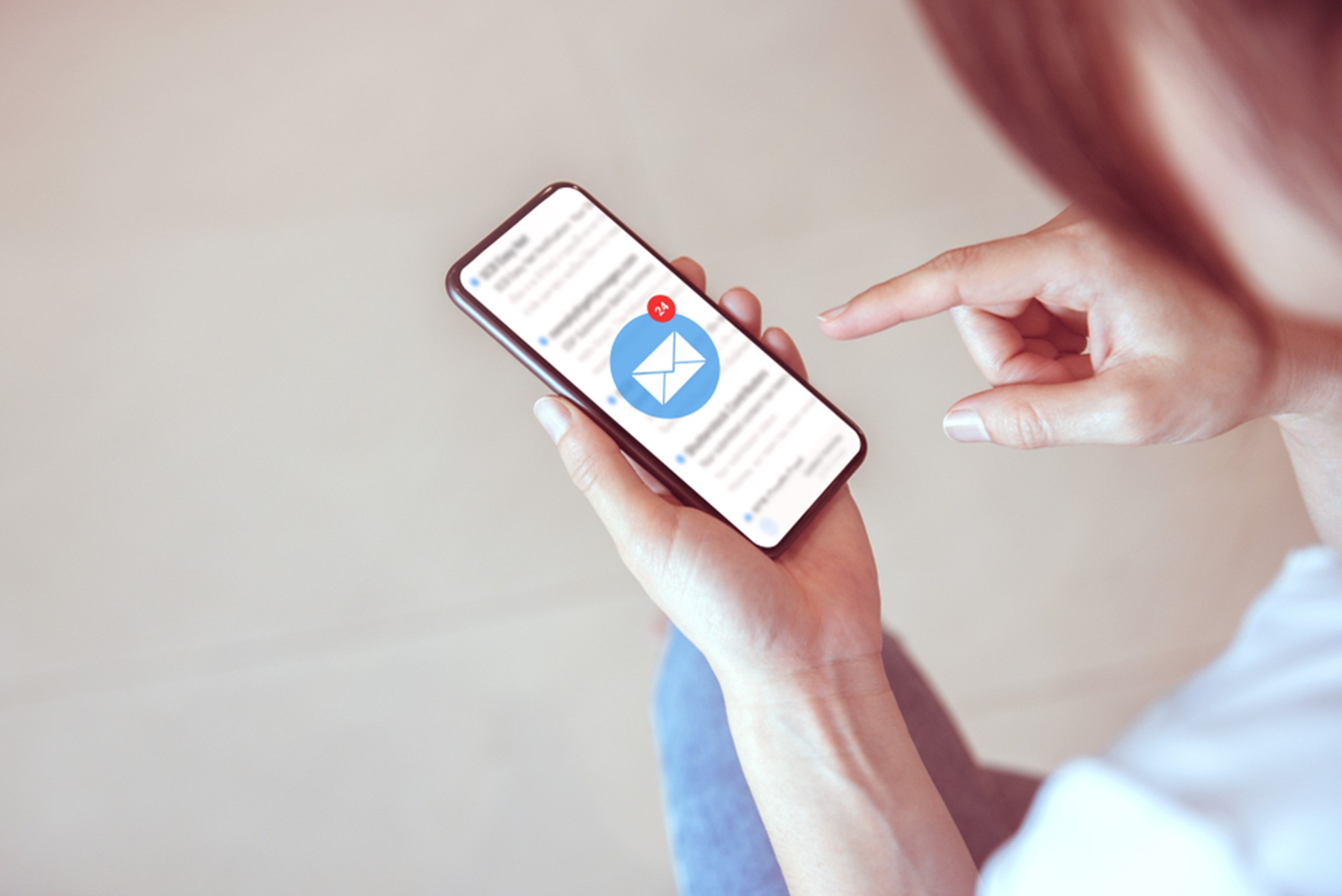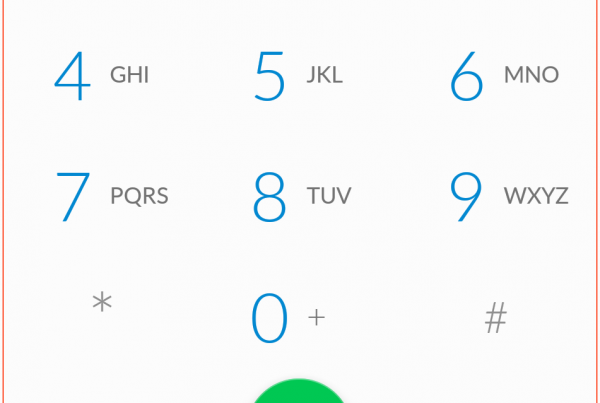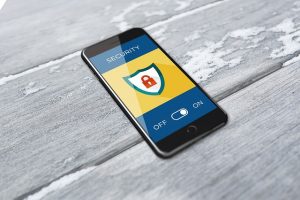Why was 10DLC formed?
Mobile messaging has become popular among people of all ages as it is one of the effective and easy modes of communication. Businesses across all industries are using text messaging for marketing and notifying important information to their consumers. Because of the growing number of consumers and the complexities and costs associated with Person to Person (P2P) text messages, businesses shifted towards Application to Person (A2P) text messaging to connect with people.
A2P is sending text messages to individuals programmatically using an application. If someone received a text message about discount offers from a store, a reminder for an upcoming booking or appointment to their mobile phone, an A2P text message is likely. It enables mass messaging and removes the need to manually send text messages to individual customers.
However, before the introduction of 10DLC, phone numbers were not specifically designed for mass messaging. Before, they had options such as short codes, Toll-free long codes, and Local Long codes. Short codes were expensive, and Toll-free long codes could send only a few thousand messages per day. Local long codes specifically for P2P messaging could only send one message per second, and there were compliance issues in adopting them to A2P messaging. Because of such limitations of these options and business text messaging use cases are growing every day, 10DLC was formed as a solution to support cost-effective and high-volume text messaging.
What is 10 DLC?
10DLC may sound confusing, but it is a simple term that stands for 10 Digit Long Code, a standard 10-digit phone number, and it supports sending high volumes of text messages. As business use cases for text message communications and marketing keep increasing, 10DLC phone numbers have become the standard for A2P text messaging for many organizations across the United States.
Why are companies joining it?
Companies join 10DLC for several reasons, including its support for higher text message volume, cost-effectiveness, greater deliverability, and accountability.
- High message throughput – With 10DLC, organizations can send 5 to 15 text messages per second, and that rate can increase in the future. Companies can use short codes to send up to a thousand messages per second but, it is a more expensive option than 10DLC. On the other hand, long toll-free codes and Local Long codes can only send a few messages per second. Therefore, 10DLC stands in the middle ground between short codes, long toll-free codes, and Local Long codes and provides a cost-effective solution for companies to send high message volumes per second.
- Cost-effective – Even though short codes support high messaging volumes, they are very expensive. 10DLC is a better cost-efficient alternative that has lower monthly costs than short codes. Also, companies can convert existing landline numbers to 10DLC numbers without having to pay for additional numbers.
- Reducing phishing and spam messages – If businesses use short codes, they may be sharing the same short code with another. Therefore, it is difficult to track down spammers. Companies that use 10DLC need to register their campaigns so that mobile carriers know about the company that sends the messages and what they are sending.
- Better deliverability and compliance – Long code numbers are not sanctioned for mass messaging by mobile carriers. But 10DLC is now approved by all the American wireless carriers for A2P SMS messaging. According to Cellular Telecommunications Industry Association (CTIA) regulations, they can block text messages that are not compliant. Therefore, the deliverability of 10DLC messages is higher than that of shared short codes.
- Usage in multiple communication channels – You can also use 10DLC numbers for other communication channels such as voice calls. It means you can use multiple communication channels for your marketing campaign with only using a single phone number. It enables customers to either send messages or call to contact your business with ease.
What is the Campaign Registry?
Mobile carriers need businesses that send A2P messages on a 10DLC phone number to register their campaigns with a third-party organization called ‘The Campaign Registry(TCR).’ Suppose a business does not register with The Campaign Registry but uses their 10DLC phone number for business text messaging. In that case, their mobile carriers may stop sending SMS messages from that unregistered 10DLC number. It means they cannot send messages to customers on that carrier sender will receive an error message.
A CSP (Campaign Service Provider) as the primary user of TCR works with multiple brands to create and launch SMS messaging Campaigns. It means 10DLC is an A2P messaging channel in which Brands and Campaign Service Providers (CSPs) are verified before being allowed to send messages. Brands, CSPs, and messaging content are all known upfront, meaning both the “Who” and the “What” of a campaign are traceable. The ability to tie all this information together benefits the entire messaging ecosystem.
TeleMessage is a verified CSP for A2P messaging.
TeleMessage is also a participating CSP who registers the brands and campaigns with the TCR by declaring “who” is sending the campaign and “what” is the message. It means TeleMessage is an approved provider, the messages being sent via TeleMessage are verified, and you know who is sending the messages. Therefore, brands can run their messaging and marketing campaigns with a sense of security and confidence. They know that the messages are being sanctioned and are not sending spam messages to consumers.
TeleMessage provides an enterprise messaging solution to deliver marketing messages, business-critical information, notifications, and alerts in real-time to consumers. Businesses can connect to TeleMessage messaging API for A2P messaging. It enables two-way messaging, which allows you to get replies from the consumers to the messages you send from the A2P system. You can do the number allocation for SMS messaging either by selecting a system-allocated number or using your own mobile number. Also, you can get the required Short Codes and Long Codes from TeleMessage without hassle.
Also, TeleMessage Enterprise Number Archiver lets businesses keep both enterprise and personal messages on one device to archive all the SMS text messages and voice records for archiving requirements for mobile compliance.
About TeleMessage
TeleMessage captures and retains mobile content, including mobile SMS messages, voice calls, WhatsApp, and WeChat conversations from corporate or BYOD mobile phones to ensure compliance with various data protection regulations. The messages are securely and reliably retained within TeleMessage servers or forwarded to your choice of archiving data storage vendor.
Our mobile archiving products securely record content from mobile carriers and mobile devices for various ownership models (BYOD, CYOD, and employer-issued). With our multiple archiving solutions, you can always find the right tools or blend for your requirements:
- Network Archiver
- Enterprise Number Archiver
- Android Archiver
- WhatsApp Archiver
- WeChat Archiver
- Signal Archiver
- Telegram Archiver
TeleMessage offers cross-carrier and international mobile text & call archiving for corporate and BYOD phones. Visit our website at www.telemessage.com to learn more about our mobile archiving products.



